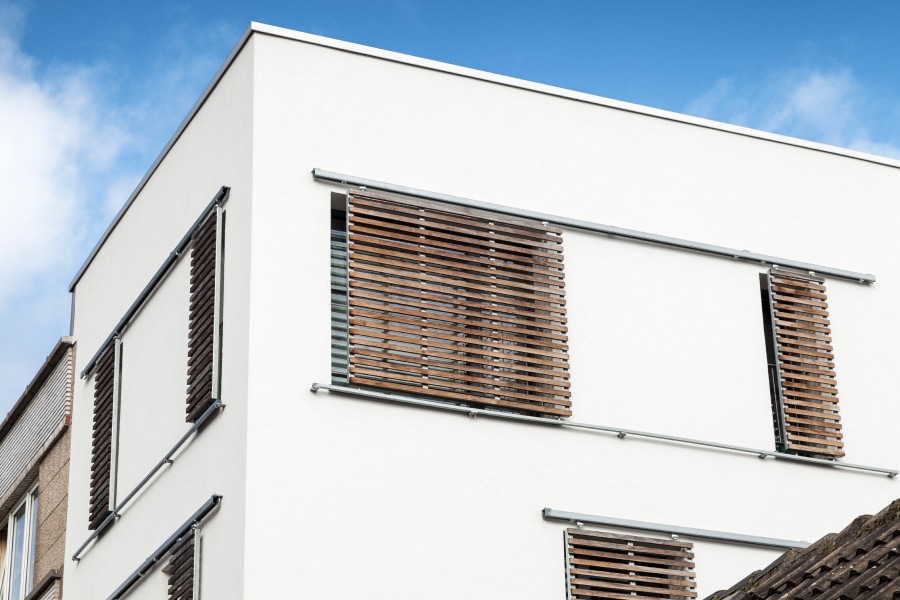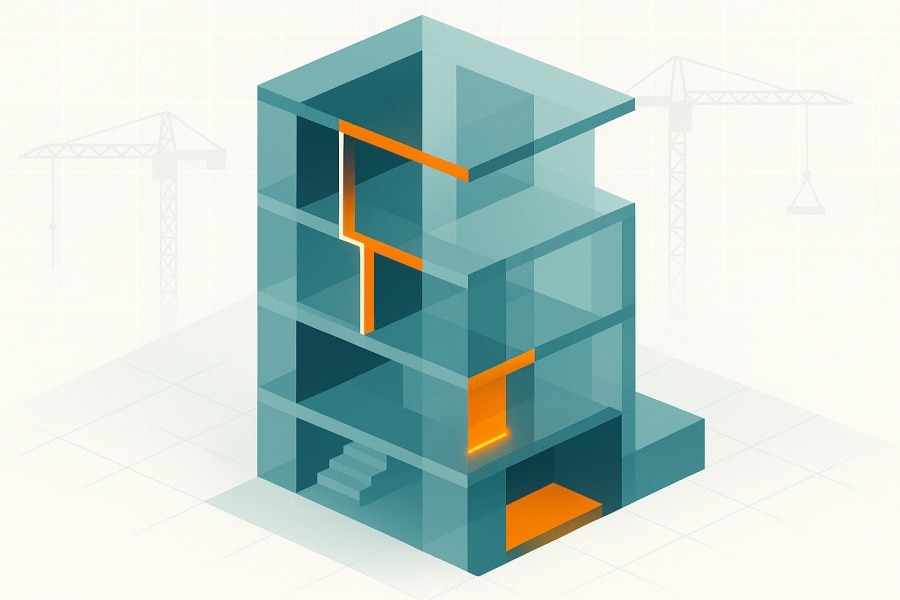Concern over the environment is driving change in the built environment. From the focus on reducing waste in construction to the 2030 challenge of developing carbon-neutral buildings, the construction industry is determined to go green. LEED certification and passive house are two green construction standards that have existed for some time. Passive house is less widely known but growing in popularity.
LEED vs. Passive House
Leadership in Energy and Environmental Design (LEED) was developed in the early 1990s and has been updated several times. The green building certification program is overseen by the U.S. Green Building Council (USGBC) but is recognized worldwide. There are four different certification levels.
“LEED certification provides a framework for healthy, highly efficient and cost-saving green buildings, which offer environmental, social and governance benefits,” according to the USGBC website.


Bluebeam Resource Hub
Browse case studies, watch webinars, and see what’s new with Bluebeam.Unlike the comprehensive approach of LEED, passive house is narrowly focused on energy efficiency and developing a building that uses no more energy than it produces onsite. There are five principles of passive building. They are based on insulation, building envelope, ventilation, space conditioning systems and windows.
While passive house is older (the term was coined in 1982, but the principles were applied in the 1970s) than LEED, it is less common. Although developed in the United States, it blossomed in Germany, but there’s rising demand for passive houses stateside.
Not Only a Passive House
Despite the name passive house, the concepts apply to any building type.
“Because cost-optimization strategies for high-performance buildings are less well known earlier on, and there could be more upfront costs, long-term owners have typically been the most interested in developing high-performing buildings,” said Rob Hosken, an architect who grew up in a passive solar house in the 1980s and is a principal at Building Performance Architecture, which performs design reviews and quality control inspections and testing of buildings.
However, passive house techniques are more commonly used on single-family homes, multifamily dwellings and university buildings.
Passive house techniques can be followed in any environment, but more extreme climate conditions are particularly appropriate since owners would save more on energy. “Passive house is a smart design to consider when the local climate of a building is a factor,” said Joseph Wheeler, an architect and professor at Virginia State University.
One of the major draws of passive house building is the savings in energy bills. According to the Center for Energy and Environment, “Passive house-certified buildings are up to 80% more efficient than a home built to typical energy code.”
Bill Spohn and his wife live in a passive-leaning home (not certified) in Pittsburgh. Their electric bill has been $0 for the past year. Spohn, a trained engineer, is the CEO and founder of TrueTech Tools, which sells tools that determine building performance. He’s a passive house enthusiast.
Spohn adds passive house construction leads to a more comfortable living environment. “There are no cold or hot rooms or drafts; instead, each room is comfortable and at the same temperature.”
Limitations to Growth
Between the cost savings and environmental benefits, a passive house seems like a great option for new buildings. So why aren’t more structures developed based on passive house principles?
“I appreciate generous natural light in a space, which may be limited in a passive house due to the strict insulation requirements and higher cost glazing,” Wheeler said. “The passive house standard is an extreme standard and works well in harsher climates; however, it’s better to balance all aspects of design, construction, energy efficiency and cost when building in more moderate climates.”
There are also higher upfront costs—about 3-5% for a conventional home and 0-3% for a multifamily home, according to Phius, a nonprofit that certifies passive house projects in North America. “In general, the larger the building, the smaller the cost difference,” Phius adds.
Spohn predicts there will be zero extra cost to build a passive house. “Architects and builders are developing good practices and design principles that are driving the cost of passive house down.”
Wheeler notes that the extra upfront costs compromise how much house people can afford.
Skills Gap
In theory, passive house construction doesn’t take longer than standard construction. Yet, this isn’t the case in the real world.
“If the architect and general contractor have no experience with passive house, it will be a challenge because it’s a different way to build, requiring more attention to the high-performance construction details,” Hosken said. “Once an architect and contractor have a few passive house projects under their belt and learn how to navigate the technical and budget challenges, the cost and time of construction will go down.”
Spohn concurs: “If the tradespeople know how to work with a passive house, it should not take more time to construct.” However, because it is niche at this point, many tradespeople are unfamiliar with the principles and may pass on passive house projects.
Increasing Demand
Passive house buildings are environmentally friendly and comfortable to live in. So, what can be done to encourage more of it?
Both Spohn and Hosken believe it comes down to awareness. “The industry needs a public champion to encourage others to learn more,” Hosken said. “Widely used public buildings would also be helpful so people could experience them and recognize their comfort.”
Another way to move the needle forward is for cities and municipalities to enshrine passive house principles into building codes. A handful of municipalities are beginning to adapt their building codes and encourage passive house techniques.
Many are striving to reduce the strain construction puts on the environment. The two green construction standards—LEED certification and passive house—greatly reduce the carbon footprint. Building via the lesser-known passive house techniques results in buildings with greatly improved energy efficiency.











